 Order Samples
Order Samples
Problem
Too much injection force
of patients surveyed reported applying too much injection force2†
Too much injection force can lead to intramuscular (IM) injection, which may affect proper insulin absorption, increase the risk of hypoglycemia, and lead to increased pain.3

Solution
Consistent injection depth
The contoured base of BD Nano™ 2nd Gen Pen Needles helps patients consistently inject at the right depth1*
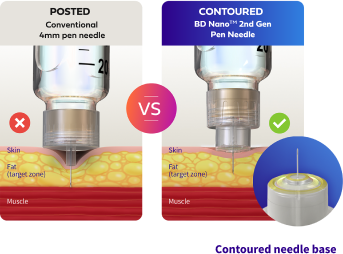
BD Nano™ 2nd Gen Pen Needles, with a unique contoured needle base, are estimated to reduce IM injection risk by
vs 4mm posted-base pen needles1‡
See the difference a contoured needle base can make.
Consider writing "Dispense as written" (DAW) when prescribing. When using an eRx system, search for "BD Nano 2nd Gen" and select DAW.
More than 9 out of 10 health plans have coverage for embecta Pen Needles and Insulin Syringes.4
Consider writing "Dispense as written" (DAW) when prescribing. When using an eRx system, search for "BD Nano 2nd Gen" and select DAW.
More than 9 out of 10 health plans have coverage for embecta Pen Needles and Insulin Syringes.4
Make injections easier
An innovative design provides a reduction in injection pain and greater ease of use compared to other pen needles studied.5§||
Contoured needle base
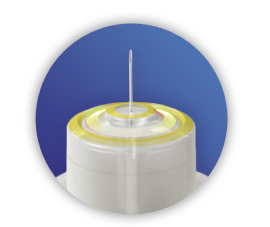
The contoured needle base allows for a more consistent 4mm target injection depth.1¶
5-bevel tip
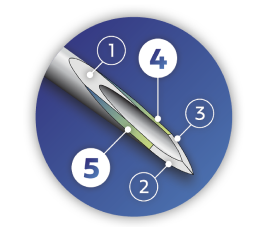
The 5-bevel needle tip provides more comfortable and less painful injections.6#
Ergonomic design
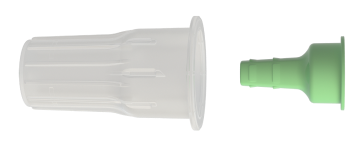

The wider outer cover is easier to attach to the pen device, and the larger inner needle shield is easier to grip and remove before an injection.5**††
Ultra-thin wall technology
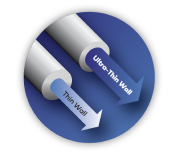
Ultra-thin wall technology increases the flow of insulin, giving patients greater confidence the complete dose was delivered.7‡‡
Ensure your patients have enough pen needles or insulin syringes
Ensure your patients have enough pen needles or insulin syringes
Education and resources
embecta offers a comprehensive collection of educational materials to support your patients as they work towards their treatment goals.
Download
Using a New Needle brochureWatch Video
How common is needle reuse?Watch Video
The value of a contoured needle baseWatch Video
Prioritize comfort with a 5-bevel needle tipStart by selecting the number of boxes you want (up to 4 per month) and entering your shipping information.
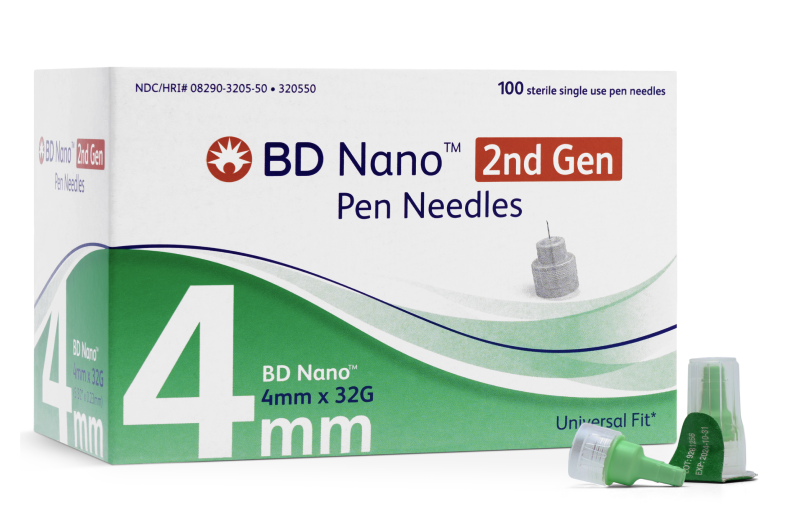
BD Nano™ 2nd Gen Pen Needles 4mm x 32G
Item number: 320551

*BD Nano™ 2nd Gen 4mm Pen Needle is estimated to reduce intramuscular (IM) injection risk by 2-8x using in-silico probability model of needle penetration depth for posted-hub pen needles of similar length and gauge and average human tissue thickness measurements across recommended injection sites, pooled across gender and BMI.
†Results from a survey of 230 Canadian patients with diabetes. 76% of patients reported applying excess pressure onto the skin when injecting.
‡The study used in-silico probability model of needle penetration depth for posted-hub 4mm pen needles and average human tissue thickness measurements across a range of injection forces and recommended sites, pooled across gender and BMI.
§226 patients with diabetes on insulin treatment were studied with a 150mm visual analog scale (mean scores of >0mm; clinically significant difference of ≥5mm). BD Nano™ 2nd Gen demonstrated superiority vs all comparator groups combined for less injection pain [(P<0.05) (mean +15.5mm, 95% CI, +8.9 to +22.1mm)].
||226 patients with diabetes on insulin treatment were studied with a 150mm visual analog scale (mean scores of >0mm; clinically significant difference of ≥5mm). BD Nano™ 2nd Gen demonstrated superiority vs all comparator groups combined for feeling more comfortable throughout injection experience and for overall ease of use [comfort (P<0.05) (mean +18.0mm, 95% CI, +11.6 to +24.3mm)]; [easier (P<0.05) (mean 19.9mm, 95% CI, +13.8 to +25.9mm)].
¶1188 injections administered in swine across a range of injection forces using 20 μl of iodinated contrast delivered with BD Nano™ 2nd Gen vs three 4mm posted-hub pen needles. Measurements were obtained via fluoroscopic imaging. BD Nano™ 2nd Gen more closely achieved the 4mm target injection depth with less variability (P=0.006).
#Compared to 3-bevel pen needles; 86 patients with diabetes participated in a randomized, noninferiority crossover trial. During the blinded portion of the study, there was no difference in pain;during the nonblinded portion of the study there was statistical difference, P<0.01.
**226 patients with diabetes on insulin treatment were studied with a 150mm visual analog scale (mean scores of >0mm; clinically significant difference of ≥5mm). BD Nano™ 2nd Gen demonstrated superiority vs all comparator groups combined for ease of attachment [(P<0.05) (mean +21.8mm, 95% CI, +16.1 to +27.6mm)].
††226 patients with diabetes on insulin treatment were studied with a 150mm visual analog scale (mean scores of >0mm; clinically significant difference of ≥5mm). BD Nano™ 2nd Gen demonstrated superiority vs all comparator groups combined for ease of grip and removal of the inner shield [grip (P<0.05) (mean +23.8mm, 95% CI, +18.1 to +29.4mm)]; [removal (P<0.05) (mean +24.4mm, 95% CI, +18.9 to +29.9mm)].
‡‡198 patients with diabetes were included in this prospective, multicenter, randomized, open-label, 2-period, crossover study to evaluate differences in perceived thumb force and in confidence that the full dose of insulin was delivered, between the participants’ usual pen needle and the corresponding extra-thin wall (XTW) pen needle while using a manually operated insulin pen. Both outcomes were considered statistically significant if the 95% CI for the mean visual analog scale score was either positive (XTW preferred) or negative (current pen needle preferred). Significant differences favoring XTW pen needles were seen for perceived thumb force and confidence that the full dose was delivered by 28.4mm (95% CI, 23.7 to 33.2), and 24.4mm (95% CI, 19.7 to 29.1), respectively; (all, P<0.001).
§§13,289 patients with diabetes who inject insulin participated in an Injection Technique Questionnaire survey. 38.8% of the 2,711 patients using insulin syringes reported needle reuse. 55.8% of the 11,961 patients using pen needles reported needle reuse.
References: 1. Rini C, Roberts BC, Morel D, et al. Evaluating the impact of human factors and pen needle design on insulin pen injection. J Diabetes Sci Technol. 2019;13(3):533-545. 2. Bari B, Corbeil MA, Farooqui H, et al. Insulin injection practices in a population of Canadians with diabetes: an observational study. Diabetes Ther. 2020;11(11):2595-2609. 3. Frid AH, Kreugel G, Grassi G, et al. New insulin delivery recommendations. Mayo Clin Proc. 2016;91(9):1231-1255. 4. Fingertip Formulary, as of 07/05/2023. 5. Whooley S, Briskin T, Gibney MA, et al. Evaluating the user performance and experience with a re-engineered 4 mm x 32G pen needle: a randomized trial with similar length/gauge needles. Diabetes Ther. 2019;10(2):697-712. 6. Hirsch L, Gibney M, Berube J, Manocchio J. Impact of a modified needle tip geometry on penetration force as well as acceptability, preference, and perceived pain in subjects with diabetes. J Diabetes Sci Technol. 2012;6(2):328-335. 7. Aronson R, Gibney MA, Oza K, Kassler-Taub K, Hirsch L. Insulin pen needles: effects of extra-thin wall needle technology on preference, confidence, and other patient ratings. Clin Ther. 2013;35(7):923-933. 8. Frid AH, Hirsch LJ, Menchior AR, Morel DR, Strauss KW. Worldwide Injection Technique Questionnaire study: population parameters and injection practices. Mayo Clin Proc. 2016;91(9):1212-1223.